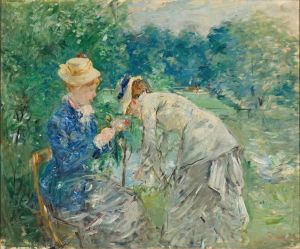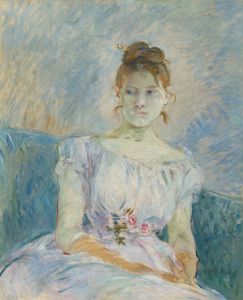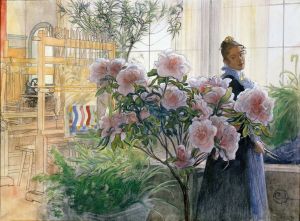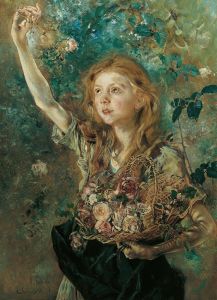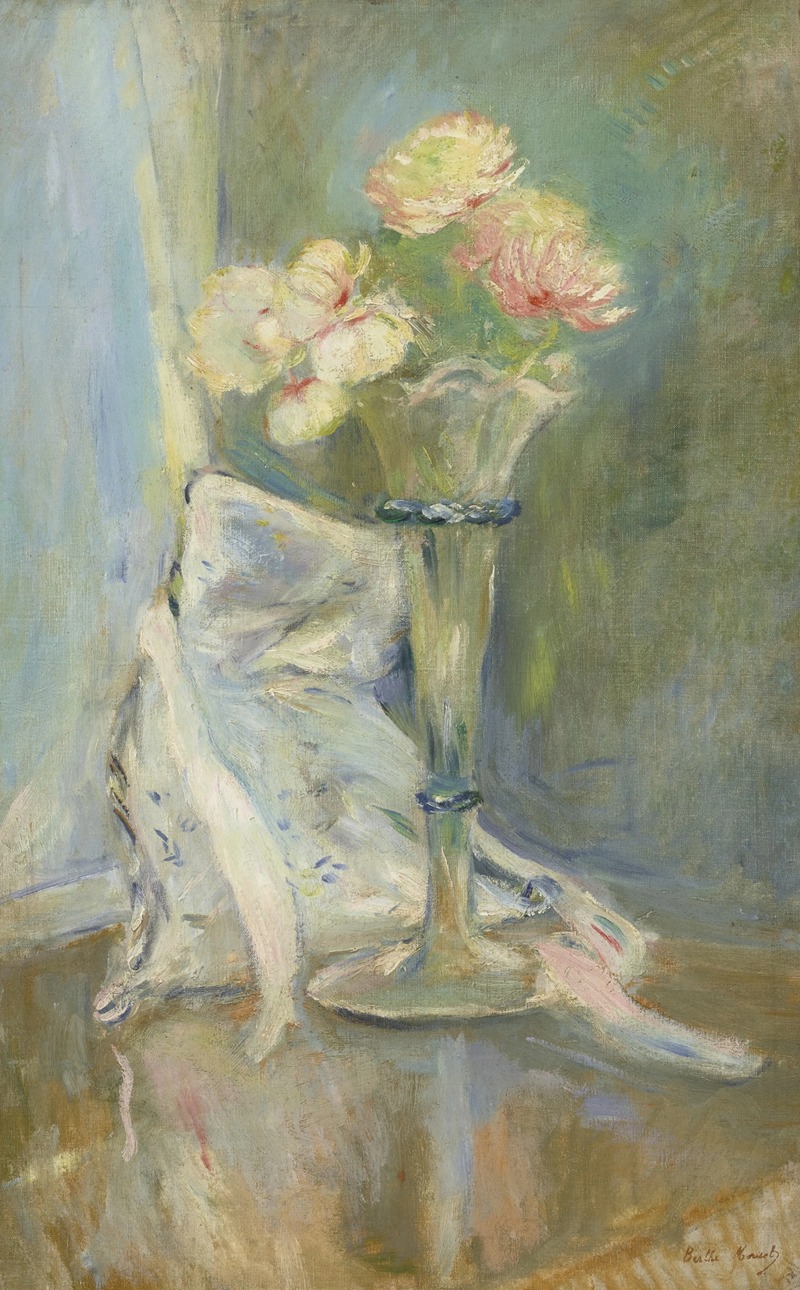
Anémones roses
A hand-painted replica of Berthe Morisot’s masterpiece Anémones roses, meticulously crafted by professional artists to capture the true essence of the original. Each piece is created with museum-quality canvas and rare mineral pigments, carefully painted by experienced artists with delicate brushstrokes and rich, layered colors to perfectly recreate the texture of the original artwork. Unlike machine-printed reproductions, this hand-painted version brings the painting to life, infused with the artist’s emotions and skill in every stroke. Whether for personal collection or home decoration, it instantly elevates the artistic atmosphere of any space.
Berthe Morisot's Anémones roses is a painting created by the French Impressionist artist, who was a prominent figure in the Impressionist movement of the late 19th century. Morisot, born in 1841, was known for her innovative use of color, light, and brushwork, as well as her focus on domestic and intimate subjects, often portraying women, children, and flowers. Anémones roses exemplifies her delicate and expressive style, showcasing her ability to capture the ephemeral beauty of nature.
The painting depicts a bouquet of pink anemones arranged in a vase, rendered with loose, fluid brushstrokes that emphasize the vibrancy and texture of the flowers. Morisot's approach to still life was deeply influenced by the Impressionist ethos of capturing fleeting moments and the play of light. In this work, she uses a soft, harmonious palette dominated by shades of pink, green, and white, creating a sense of freshness and immediacy. The composition is intimate and unpretentious, reflecting Morisot's interest in everyday beauty.
Morisot often painted floral subjects, which were a popular theme among Impressionist artists. Flowers allowed her to explore the interplay of color and light while also aligning with the 19th-century association of women artists with domestic and decorative themes. However, Morisot's treatment of such subjects transcended traditional expectations, as she brought a modern sensibility and technical innovation to her work.
The exact date of Anémones roses is not definitively documented, but it is consistent with Morisot's mature period, during which she refined her Impressionist techniques. The painting is notable for its spontaneity and the artist's ability to convey the essence of her subject with minimal detail. This approach aligns with the broader goals of the Impressionist movement, which sought to break away from the rigid formalism of academic art.
As of now, the current location of Anémones roses is not widely documented in public records. Berthe Morisot's works are held in major museums and private collections worldwide, and her contributions to art history have been increasingly recognized in recent decades. Her role as one of the few women in the predominantly male Impressionist circle, alongside figures like Claude Monet, Edgar Degas, and Pierre-Auguste Renoir, underscores her significance in the movement.
Anémones roses remains a testament to Morisot's skill as a painter and her ability to infuse everyday subjects with a sense of grace and vitality.










